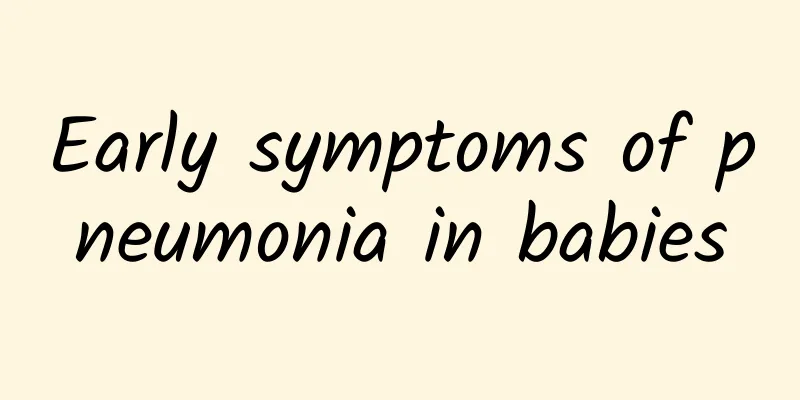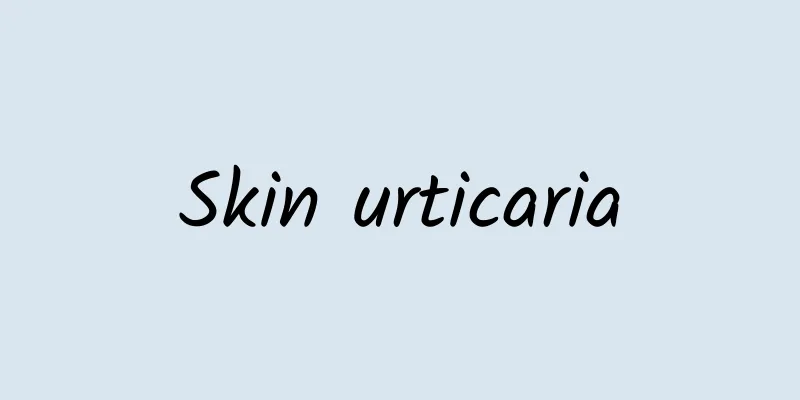Kidney cyst in child

|
Many people are surprised to find cysts on their kidneys during examinations. Especially when this happens to children, parents will feel particularly anxious and worry about whether the kidney cysts will affect the child's physical health and growth and development. When renal cysts occur, effective treatment should be carried out according to the specific cause of the disease, and adjustments should be made in life. Symptoms of renal cysts include: Discomfort or pain in waist and abdomen: The pain is characterized by dull pain, fixed on one or both sides, radiating to the lower part and lower back. hematuria: It may present as microscopic hematuria or gross hematuria. Abdominal mass: Sometimes it is the main reason for patients to seek medical treatment, and 60-80% of them can feel the enlarged kidney. The larger the kidneys, the worse the kidney function. Proteinuria: The amount is generally not large, and will not exceed 2 grams in 24 hours of urine, so nephrotic syndrome will not occur. hypertension: The cyst compresses the kidneys, causing renal ischemia, increased renin secretion, and high blood pressure. Treatment of kidney cysts: Method 1 There is no specific medical treatment for kidney cysts. If a huge cyst causes high blood pressure, severe infection, or continuous bleeding, or is likely to rupture, cyst puncture, injection of a sclerosing agent, or surgical removal may be performed. Method 2 The cause of renal cysts has not yet been found, and the growth rate of the cysts varies. Since they have no symptoms, they were difficult to detect in the past. Generally speaking, renal cysts do not cause any sensation, discomfort, hematuria or urinary tract infection. Because the cyst and urinary tract are blocked. If there is infection or bleeding in the cyst, there will be symptoms such as fever, swelling and pain in the kidney area. Doctors generally use 4-5 cm as the dividing line. Cysts smaller than this number do not require treatment and can be observed regularly. Cysts larger than 4-5 cm can compress the kidneys, affect renal function and cause hydronephrosis. The cyst wall may also become cancerous and require treatment. Method 3 Simple renal cysts are the most common pathological abnormalities of the kidney. Since the widespread use of B-ultrasound, the detection rate of renal cysts has increased significantly. Simple renal cysts with a diameter of less than 4 cm generally have no special symptoms and are only treated by clinical observation. Simple renal cysts with a diameter of more than 5 cm may cause discomfort symptoms such as low back pain due to their increased size. The local compression effect of the cyst on the renal parenchyma causes progressive damage to the kidney function. If the cyst continues to increase, it also has a certain tendency to become malignant and requires clinical treatment. |
<<: What causes pain in the ring toe?
>>: Blood in the stool but no pain
Recommend
Can I feed my baby if he hiccups?
Hiccups are a phenomenon that many people experie...
What to do if there is something rubbing against your upper eyelid?
In daily life, if you feel a foreign body on your...
What happens when blood comes out of the vagina during bowel movements?
Defecation is a necessary way for people to excre...
Can I eat chicken while taking Chinese medicine?
Traditional Chinese medicine is very profound, es...
Big toe peeling
Many people suffer from peeling on their big toes...
Does American ginseng boost your energy?
In fact, American ginseng is widely used in peopl...
Is the flu vaccine necessary?
The flu vaccine is a vaccine used to prevent infl...
Allergic cough
With the continuous improvement of modernization,...
Treatment of bronchitis cough
Bronchitis is a respiratory disease with a very h...
The efficacy of red dates and licorice soaked in water
Red dates and licorice are both foods that are be...
What to do if a woman's private parts have a fishy smell
For women, if there is a fishy smell in the lower...
What to do if your feet are smelly and peeling
If you have smelly feet in your life, you should ...
What to do if you have diarrhea
Diarrhea is a common clinical symptom and will pr...
Symptoms of Lung Yin Deficiency in Women
Lung Yin deficiency is a disease term in Traditio...
Can diabetics eat gluten? What should they pay attention to?
The diet of diabetics is completely different fro...









